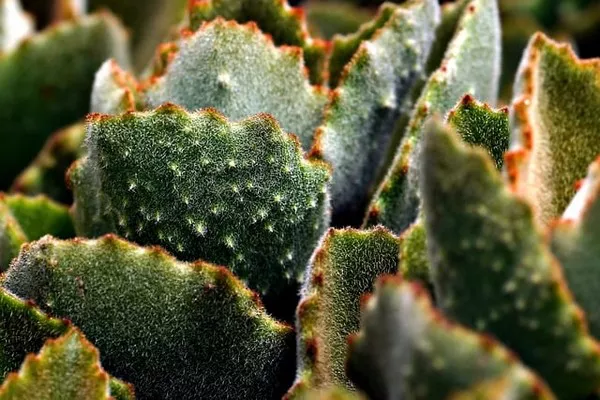Cacti succulents have gained popularity as low-maintenance houseplants due to their unique appearance and ability to thrive in arid conditions. However, proper care is essential to ensure these desert dwellers flourish in indoor environments. From watering schedules to soil requirements, this comprehensive guide will provide you with all the information you need to care for your cactus succulents effectively.
Understanding Cactus Succulents
Before diving into care tips, it’s crucial to understand the characteristics of cactus succulents. Unlike other plants, cacti have specialized adaptations to survive in harsh desert climates. Their thick, fleshy stems and reduced leaves help store water, allowing them to withstand long periods of drought. Additionally, cacti often have shallow root systems that spread out horizontally to capture moisture from the soil quickly.
Light Requirements
Proper lighting is essential for the health of cactus succulents. In their natural habitat, they receive full sunlight for several hours each day. When grown indoors, place your cacti in a location where they can receive at least six hours of indirect sunlight daily. South or west-facing windows are ideal, as they provide the bright, indirect light that cacti thrive on. Rotate your plants regularly to ensure even growth and prevent them from leaning towards the light source.
Watering Techniques
Overwatering is one of the most common mistakes made when caring for cactus succulents. These plants are adapted to survive in dry conditions, so they prefer infrequent but deep watering. Allow the soil to dry out completely between waterings, then water thoroughly until excess water drains from the bottom of the pot. During the winter months, reduce watering frequency as cacti enter a period of dormancy. Always err on the side of underwatering rather than overwatering to prevent root rot and other moisture-related issues.
Soil Composition
The right soil mix is crucial for the health of your cactus succulents. They require well-draining soil that mimics the sandy, rocky conditions of their native habitat. A blend of cactus potting mix and perlite or coarse sand works well to provide adequate drainage and aeration. Avoid using standard potting soil, as it retains too much moisture and can lead to root rot. Repot your cacti every few years to refresh the soil and provide them with ample room to grow.
Temperature and Humidity
Cactus succulents prefer warm temperatures during the growing season, typically between 70°F and 90°F (21°C and 32°C). However, they can tolerate temperatures as low as 50°F (10°C) during the winter months, as long as they remain dry. Avoid placing your cacti near drafty windows or heating vents, as sudden temperature fluctuations can stress the plants. While cacti are adapted to low humidity environments, they may benefit from occasional misting during periods of extreme dryness.
Fertilizing Regimen
Cacti have relatively low nutritional needs compared to other plants, but they can benefit from occasional fertilization during the growing season. Use a balanced liquid fertilizer diluted to half strength and apply it every four to six weeks from spring to early fall. Avoid fertilizing during the winter months when cacti are dormant, as they do not require additional nutrients during this time. Over-fertilizing can lead to salt buildup in the soil, which can harm the roots of your plants.
Pest and Disease Management
While cacti succulents are relatively resilient, they can still fall victim to pests and diseases if not properly cared for. Common pests include mealybugs, spider mites, and scale insects, which can be treated with insecticidal soap or neem oil. Inspect your plants regularly for signs of infestation, such as webbing, sticky residue, or yellowing leaves. Additionally, watch for symptoms of fungal diseases, such as black spots or rotting stems, and treat them promptly with fungicides labeled for use on cacti succulents.
Pruning and Propagation
Pruning is generally not necessary for cactus succulents, but you may need to remove dead or damaged stems occasionally. Use clean, sharp scissors or pruning shears to make clean cuts, taking care not to damage the surrounding tissue. If you wish to propagate your cacti, you can do so through stem or leaf cuttings. Allow the cuttings to callus over for a few days, then plant them in a well-draining soil mix and keep them lightly moist until roots develop. Propagation is best done in the spring or early summer when the plants are actively growing.
Conclusion
Caring for cactus succulents can be a rewarding experience, as these unique plants add beauty and interest to any indoor space. By providing them with the proper light, water, soil, and temperature conditions, you can ensure they thrive and continue to delight you for years to come. Remember to monitor your plants regularly for signs of stress or pests and adjust your care routine as needed. With a little attention and care, your cactus succulents will flourish and become cherished members of your plant collection.


